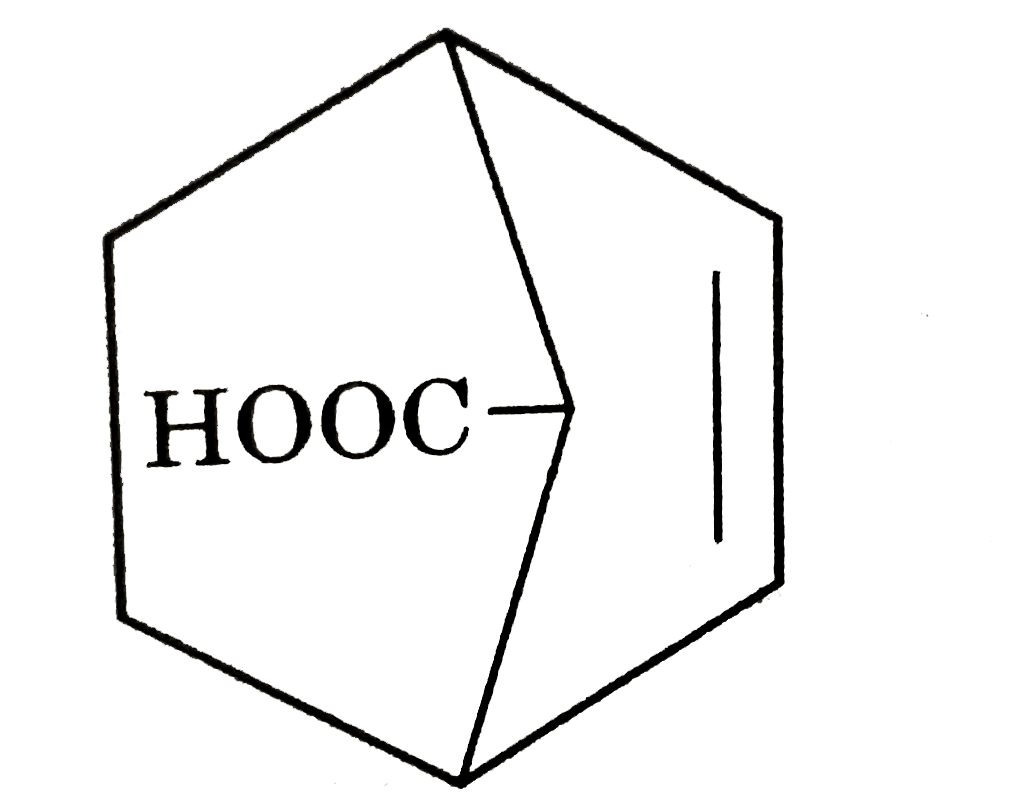Suffix for sub species is :-
Phytina
Oideae
Ineae
None
The correct Answer is:D
Step-by-Step Solution:
1. Understanding Subspecies:
- A subspecies is a taxonomic category that ranks below species and is used to classify populations of a species that are distinct in some way, often geographically or morphologically.
2. Identifying the Suffix:
- In biological classification, different taxonomic ranks have specific suffixes. For example, families often end with "-aceae," and orders with "-ales." However, when it comes to subspecies, there is no universally accepted suffix.
3. Trinomial Nomenclature:
- Instead of a suffix, subspecies are often represented using a trinomial nomenclature system. This means that the full scientific name of an organism includes three parts: the genus name, the species name, and the subspecies name.
4. Example of Trinomial Nomenclature:
- For instance, in the case of rice, the scientific name is *Oryza sativa*. If we were to specify a subspecies, it might be written as *Oryza sativa var. indica*, where "var." indicates the variety or subspecies.
5. Conclusion:
- Therefore, the answer to the question regarding the suffix for subspecies is that there is none. Instead, subspecies are represented in a trinomial format.
Final Answer:
- The suffix for subspecies is: None.
---
- A subspecies is a taxonomic category that ranks below species and is used to classify populations of a species that are distinct in some way, often geographically or morphologically.
- In biological classification, different taxonomic ranks have specific suffixes. For example, families often end with "-aceae," and orders with "-ales." However, when it comes to subspecies, there is no universally accepted suffix.
- Instead of a suffix, subspecies are often represented using a trinomial nomenclature system. This means that the full scientific name of an organism includes three parts: the genus name, the species name, and the subspecies name.
- For instance, in the case of rice, the scientific name is *Oryza sativa*. If we were to specify a subspecies, it might be written as *Oryza sativa var. indica*, where "var." indicates the variety or subspecies.
- Therefore, the answer to the question regarding the suffix for subspecies is that there is none. Instead, subspecies are represented in a trinomial format.
- The suffix for subspecies is: None.
Topper's Solved these Questions
- BOOK - MOTIONCHAPTER - DIVERSITY IN THE LIVING WORLDEXERCISE - Exercise - 1 (HISTORY OF TAXONOMY)59videos
DIVERSITY IN THE LIVING WORLD
- BOOK - MOTIONCHAPTER - DIVERSITY IN THE LIVING WORLDEXERCISE - Exercise - 1 (KINGDOM – MONERA)143videos
DIVERSITY IN THE LIVING WORLD
- BOOK - MOTIONCHAPTER - DIGESTION AND ABSORPTIONEXERCISE - EXERCISE -4 AIIMS | Assertion & Reason Questions23videos
DIGESTION AND ABSORPTION
- BOOK - MOTIONCHAPTER - ECOLOGYEXERCISE - EXERCISE -456videos
ECOLOGY
Similar Questions
Knowledge Check
- Question 1 - Select One
Which of the following statements are correct?
(i) Species is basic unit of classification in taxonomy.
(ii) There is no suffix for genus, species & kingdom.
(iii) Domain is a super kingdom category.
(iv) Order is placed between division and class in taxonomic hierarchy.A(i), (ii), (iii)B(ii), (iv)C(ii), (iii)D(i), (ii), (iii), (iv) - Question 2 - Select One
Species that can not be divided into sub species or varieties or races, is
APolytypicBMonotypicCSyntypeDIsotype - Question 3 - Select One
A species that contains two or more sub-species are called
ASibling speciesBSub-species poolCPolytypic speciesDBiological races
.Bali , Javan and Caspian are the sub-species of which of the following
View SolutionSuffix-o or ido is added to the name of a ligand when the ligand is
View SolutionSuffix is not used for:-
View SolutionThe IUPAC group suffix of ketones is
View Solution
Suffix of this compound in its correct IUPAC name is:View Solution

